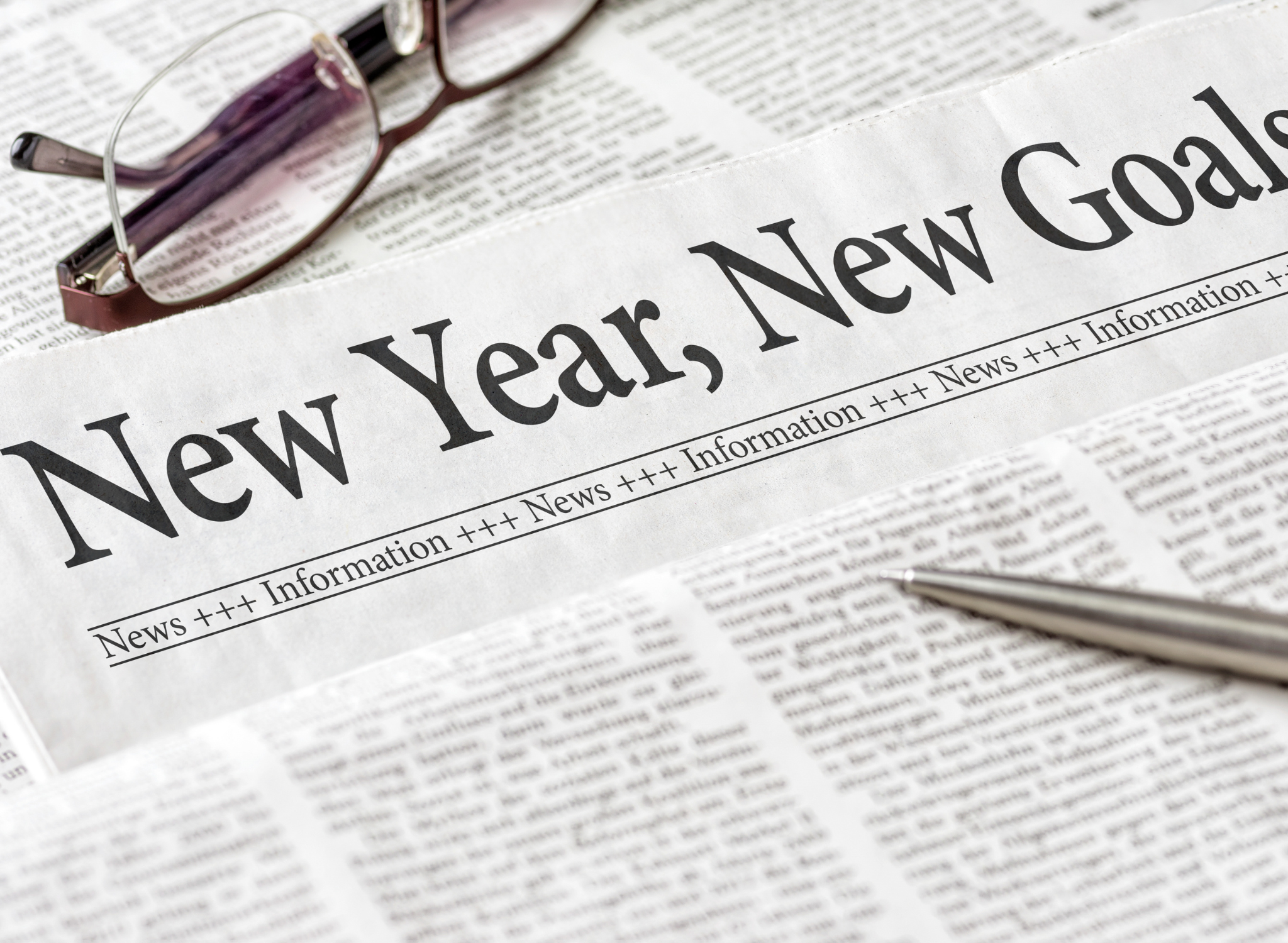In honor of World Environment Day, it is crucial to reflect on our daily environmental impact. Our routine use of household cleaning products can significantly affect both our health and the planet's well-being.
Many common cleaning products contain harmful chemicals. For instance, a typical all-purpose cleaner from the supermarket often includes several toxic ingredients like C9-11 ethoxylates. In this article, we'll highlight five toxic ingredients to avoid in your household cleaners. You'll learn why these substances are hazardous to the environment and discover safer alternatives to replace them.
5 Ingredients to Avoid in Your Household Cleaners
-
C9-11 Ethoxylates
A common ingredient in all-purpose cleaners is C9-11 ethoxylates. While effective at removing dirt, repeated exposure to this ingredient can irritate the skin and eyes and cause allergic reactions. It is also suspected to be carcinogenic due to a potential byproduct, 1,4-dioxane. Additionally, C9-11 ethoxylates decompose poorly, leading to their persistent presence in rivers and oceans, where they pollute and harm fish and other aquatic life.
-
Benzalkonium Chloride
Benzalkonium chloride is commonly used as a disinfectant and preservative in various toxic cleaning products. However, this ingredient is highly toxic to aquatic organisms, causing reproductive abnormalities, cellular damage, and even death in certain fish, crustaceans, and algae, even at low concentrations. Residues can persist in sediments and soils, which negatively impact ecosystems. For humans, benzalkonium chloride can cause respiratory irritation and allergies.

-
Dimethyl Benzyl Ammonium Chloride
Dimethyl benzyl ammonium chloride is commonly used as a disinfectant in many antibacterial products and is also found in most all-purpose cleaners. This chemical can be highly irritating to the skin and lungs. Furthermore, when released into water, it is extremely toxic to fish and other aquatic organisms.
-
Some preservatives
Preservatives such as chloromethyl isothiazolone and methyl isothiazolone are added to household cleaners to prevent the growth of bacteria and mold. However, these substances can cause severe allergic reactions and are highly toxic to fish and other aquatic life.
-
Synthetic Colorants
Synthetic colorants in household cleaning products are chemically stable and resistant to degradation, allowing them to persist in the environment for long periods and accumulate in soil and water bodies. This poses toxic risks to wildlife and potentially to human health through the food chain. They can be directly toxic to aquatic organisms, causing death, growth problems, and reproductive disorders.
Additionally, some promote algal blooms that deplete oxygen from water bodies, killing fish and other aquatic life. These products degradation can produce even more toxic byproducts, increasing environmental risks. Furthermore, they can contaminate groundwater used for drinking water, threatening human and animal health.
In summary, the use of synthetic colorants in household cleaners has serious consequences for humans and animals. These chemicals pose direct health risks by causing irritations and allergies and contribute to environmental pollution. Their persistence leads to the contamination of rivers and oceans, harming wildlife and plant life.
Safe Alternatives & Ingredients
Fortunately, safer and equally effective alternatives exist. Myni cleaning products are formulated without toxic ingredients, offering a solution that prioritizes both our health and the environment. By opting for eco-friendly cleaning products, we can minimize our exposure to hazardous chemicals and safeguard our planet. Myni products deliver the same level of effectiveness as traditional cleaners but without the risks associated with harmful chemicals. Let’s take a meaningful step toward creating a healthier and safer home environment.

-
Sodium Coco Sulfate vs. C9-11 Ethoxylates
Sodium coco sulfate (SCS) and sodium lauryl sulfoacetate (SLSA) serve as alternatives to C9-11 ethoxylates in Myni products. Derived from natural sources like coconut oil, these compounds offer a more sustainable and renewable option compared to ethoxylated alcohols, which are commonly derived from petrochemicals.
Moreover, SCS and SLSA are biodegradable, breaking down swiftly in the environment without leaving harmful residues. They are also less toxic to aquatic organisms and generally cause less irritation to the skin and eyes compared to ethoxylated alcohols, thereby reducing risks to human health and the environment. These alternatives often exhibit higher effectiveness at lower concentrations, resulting in a reduced total amount of chemicals released into the environment.
-
No Disinfectant vs. Benzalkonium Chloride
At Myni, we avoid using disinfectant ingredients like benzalkonium chloride and dimethyl benzyl ammonium chloride to mitigate the risks they pose to the environment. By opting for non-disinfectant alternatives in our products, we are dedicated to preserving the health and biodiversity of our environment while delivering effective and eco-friendly cleaning solutions.
-
Sodium Benzoate vs. Chloromethyl Isothiazolone
We opt for more environmentally friendly preservatives such as sodium benzoate and potassium sorbate, instead of chloromethyl isothiazolone and methylisothiazolinone. Although synthetically manufactured, sodium benzoate and potassium sorbate are naturally present in various sources and are therefore less likely to disrupt ecosystems.
Additionally, they are easily biodegradable, reducing their long-term environmental impact. We also use sodium dehydroacetate as a preservative. Although synthetic, sodium dehydroacetate is biodegradable and poses no risk to the environment.
-
No Synthetic Colorants vs. Synthetic Colorants
Myni has also made the decision to exclude synthetic colorants from our formulations in order to minimize the environmental footprint of our cleaners and because they do not impact cleaning performance. This approach reflects our dedication to creating safe and environmentally friendly cleaning products.

As we observe World Environment Day, it is vital to acknowledge the hazards posed by toxic ingredients in our household products. Therefore, it is crucial to recognize the significance of selecting non-toxic household products to safeguard both our health and the health of our planet. Together, we can make a meaningful impact by opting for eco-friendly alternatives that contain safe ingredients for all.



